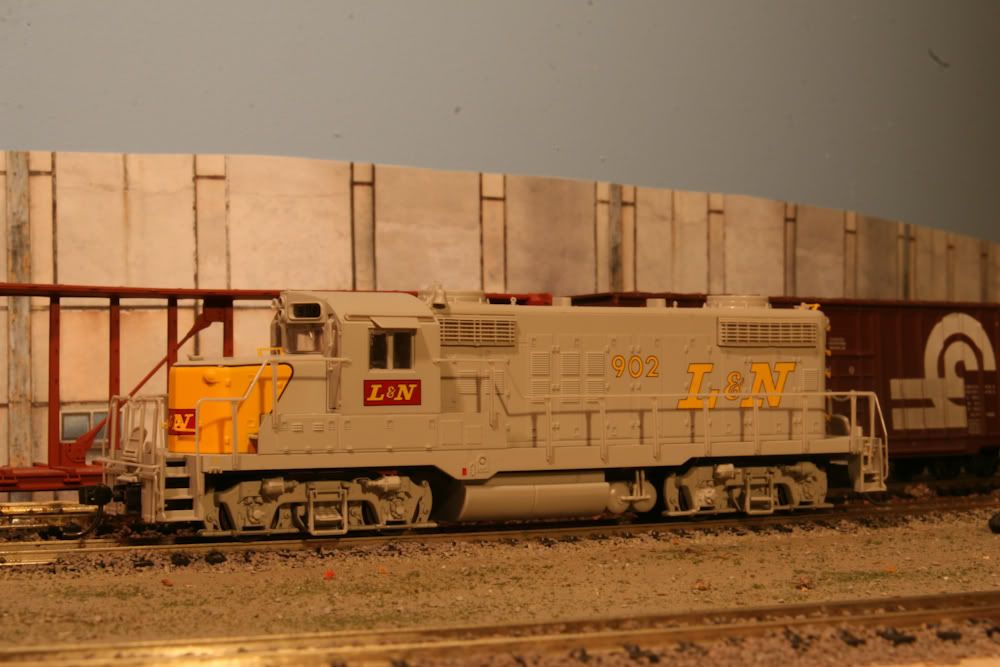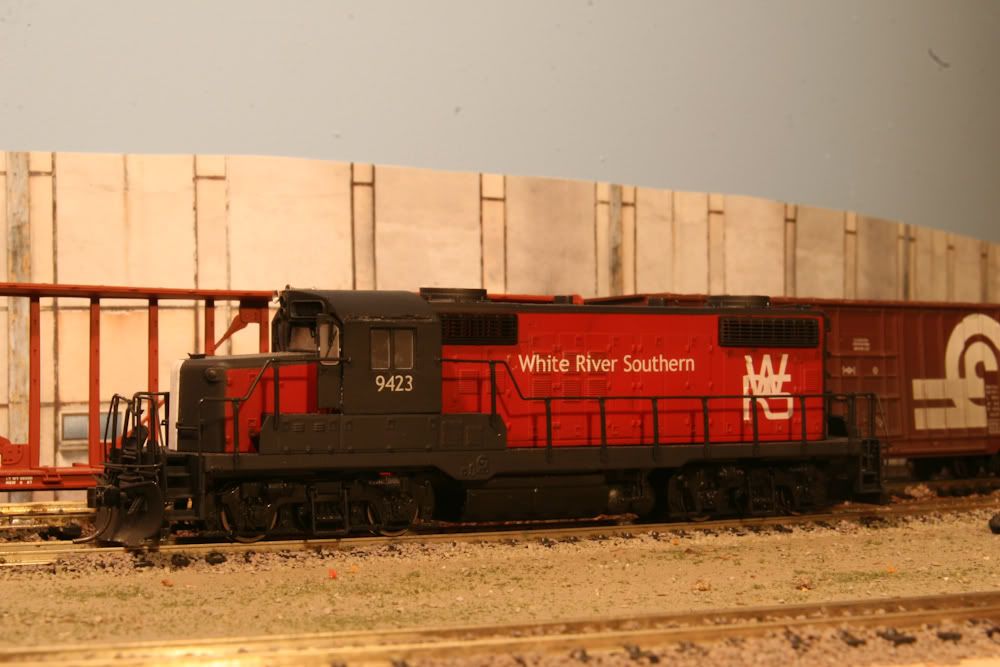Exactly. On NJT, light power is restricted to 30, and multiple lite is 45.
Say that on a two car set, the brakes on one car crap out. So you have one loco and one car with one operating brakes, while there is another free rolling car that is continuing to shove the consist forward. On, say an 8 car set, if the brakes one one car crap out, you have 7 other cars, along with the loco, to stop the train, so the effects of that one car are minimalized.
Same with MUs. Say one married pair from a 12 car (6 pair) set. Doesn’t really matter, because there are 10 other cars powering the train…
The Comet IIIs are only 15 years old, so another rebuild is fine. The Comet Is were 38 when they were retired back in March, and they were rebuilt once, in 1987. So they had one rebuild in a nearly 40 year life. The CIIIs will be 20 next year (1990). If they were rebuilt, they could run for another 20 years, which if you know basic math, equals 40.
The CIVs are about not even 15 years old. In 5 years, if you rebuild them, they’ll be good for another 20 years. The CIIs, from 1983, were rebuilt into CIIMs about 20 years later (2001ish). Pretty soon, they’ll be 30 years old.
Say that in 10-12 years, they rebuild the CVs, so they’ll last for another 20 years.
In 15-17 years, the MLs can get a mid-life rebuild.
What my point is, is that just because something is old, doesn’t mean you can’t use it.
Look at the Comet Is. They were retired from NJT in March, but they’re still rolling across North America. Pretty soon, they’ll be 40. But that doesn’t mean anything. The ex-CNJ geeps are 41 years old, and they’ve had two rebuilds. So far, NJT has gotten over 25 years out of them (not counting CNJ and Conrail). GP40PH-2Bs 4205 and 4213 were recently rebuilt because they’ve had problems, and their last rebuild was around 15




















